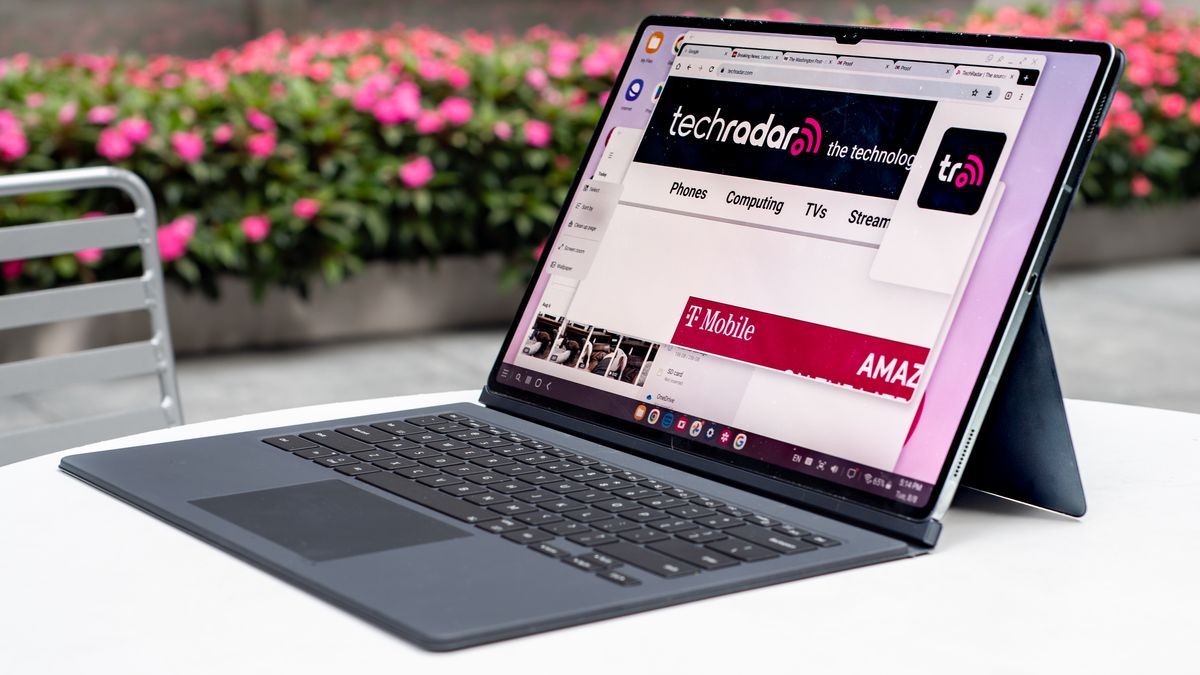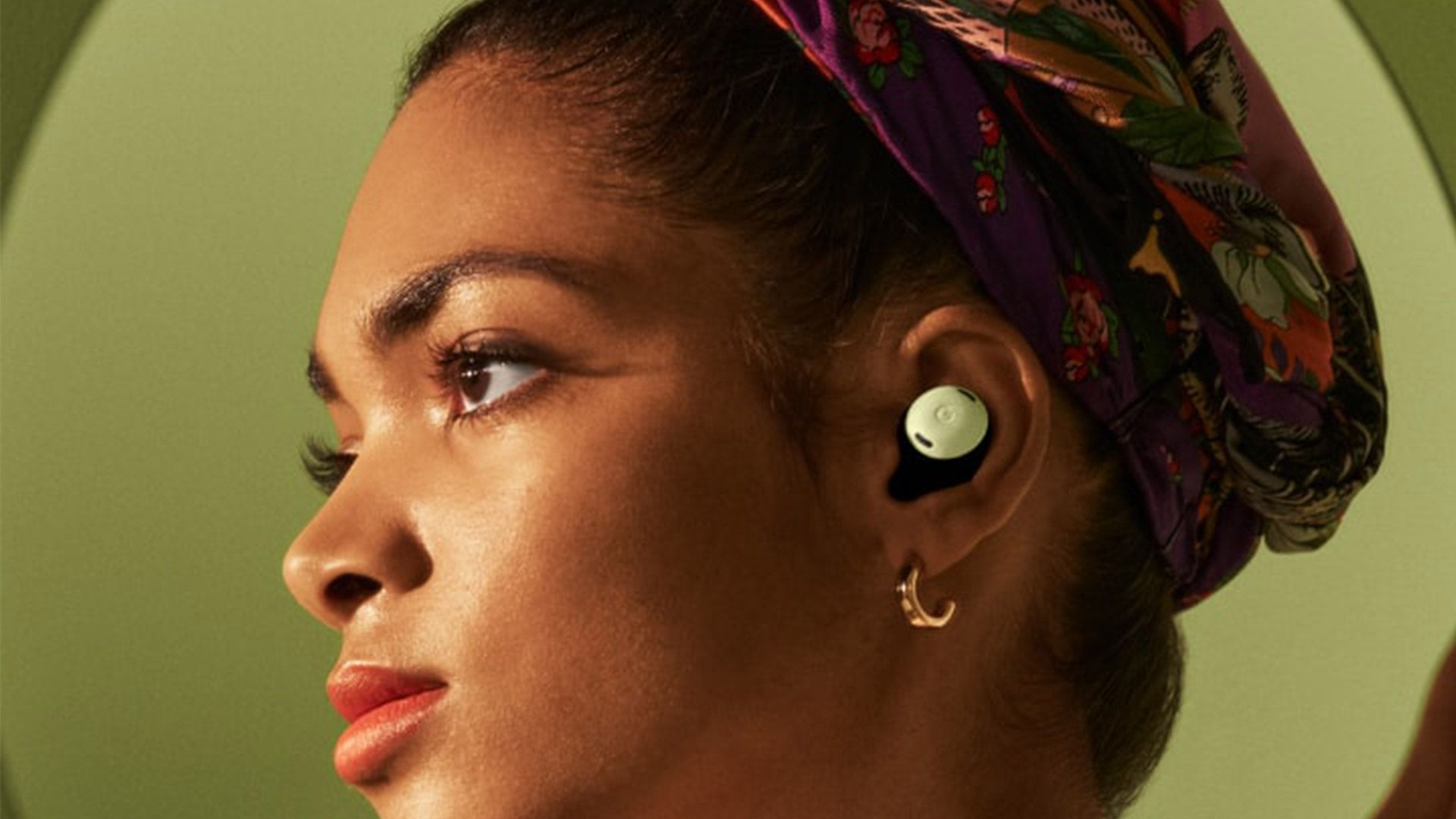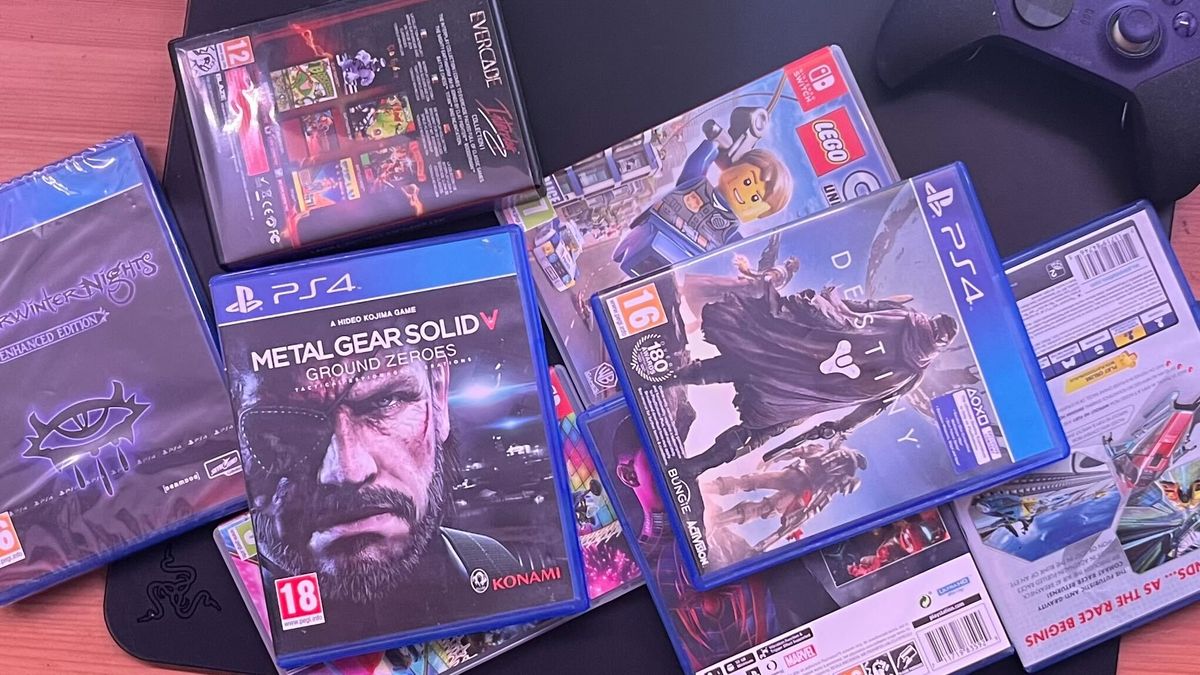He iPad Pro M4 The launch left tech experts upset. Why did Apple introduce its powerful new M4 processor in a device that is a gigantic, glorified smartphone? What benefits could the M4 offer to iPadOS, a system built for simplicity, if not robustness? If you're staring at the latest iPad Pro and wish it were more Pro, I suggest you look at the Samsung Galaxy Tab S9 instead, because it's probably the tablet you want Apple to make.
But wait, here comes Microsoft with its new Pro Surface Tablet. Is it a tablet if it runs Windows just like my laptop and always comes with the keyboard accessory? Or is it a laptop that can be detached, like the saucer section of the USS Company (NCC-1701-D), in times of trouble? Whatever it is, it's on the other side of the mirror from Apple's iPad Pro.
Both tablets have powerful new chipsets inside, based on ARM processing cores, rather than Intel's x86 chips. Both have an OLED display, a new stylus for writing, and a price starting at $999 / £999 / AU$1,699, or more if you want a larger screen, extra storage or other optional features (like 5G networking on the iPad). . Pro).
These two new families of devices also raise questions. Because? Why make an iPadOS device so powerful, Apple? Why is Windows so complicated on a tablet, Microsoft? Why couldn't these devices be a little more… similar… to each other?
The iPad Pro needs to be more professional and extensible, like the Surface Pro. The Surface Pro needs to be accessible, like iPadOS. I have good news. There is already a tablet that does it well.
Samsung makes the best software for tablets. Oh really…
The Samsung Galaxy Tab S9 is the tablet that sits between the touch-enabled mobile interface of the iPad Pro and the multi-window professional workflow of the Surface Pro. Samsung's OneUI software on the Galaxy Tab S9 is by far the best software for tablet that you will find on any tablet. Samsung just does it right.
Yeah, I can't believe I just said that. I've been critical of Samsung phone software. I praise Samsung's hardware: the phones look great, are well built, and often outperform the competition. Samsung's hardware is top-notch. Samsung software needs help.
Except for the high-end Galaxy Tab S9 Galaxy Tab S9 Ultra to the least expensive Galaxy Tab S9 FE. Samsung's OneUI software needs room to expand. It needs air to breathe. Samsung's software can look cluttered and confusing on a smartphone screen, even on a large screen with a speaker like the Galaxy S24 Ultra. On a large tablet screen, it works.
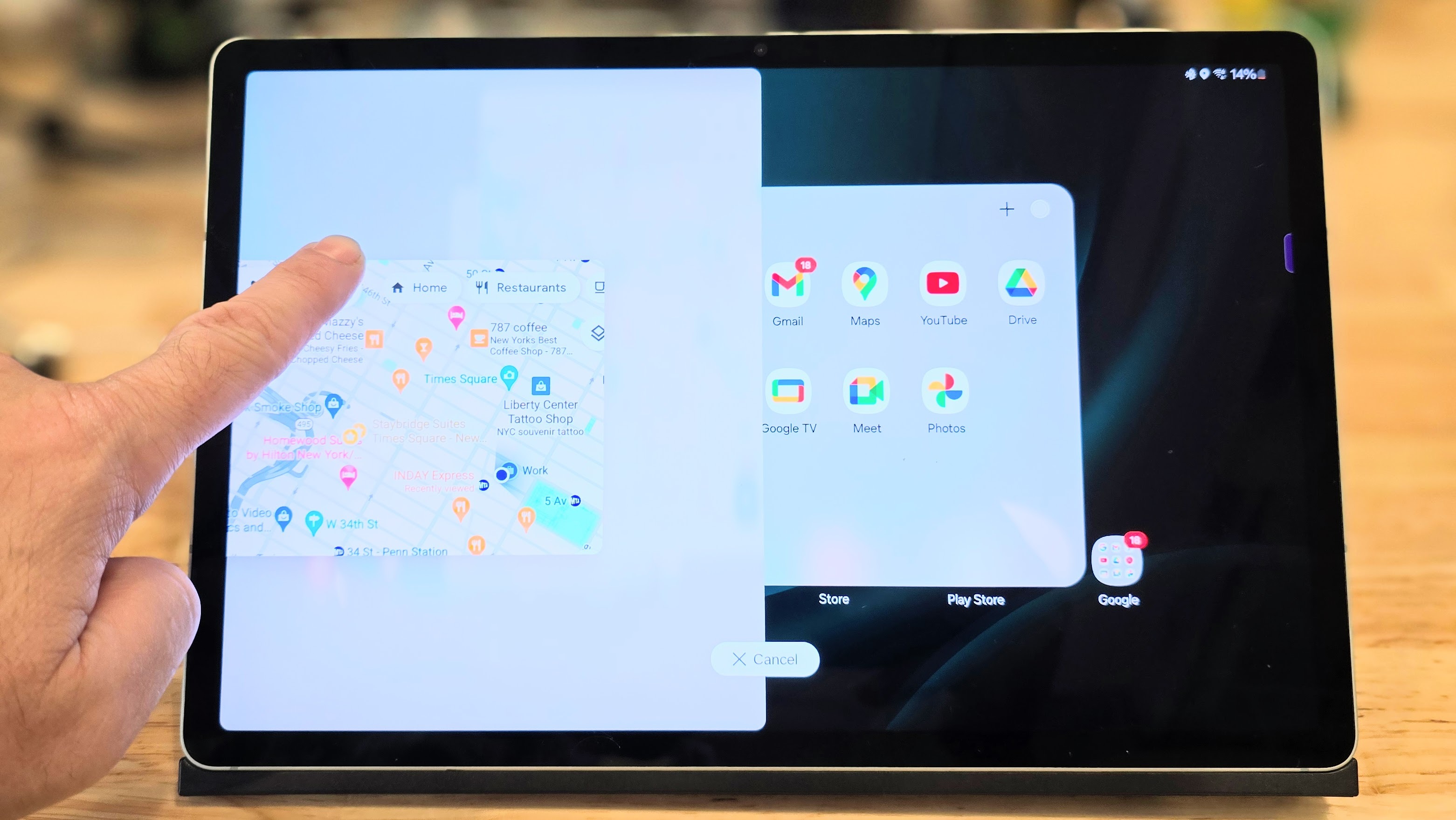
Samsung's software is full of tabs that slide in from the side, buttons that appear when you swipe the stylus, and windows that show notifications about apps. It's robust, complicated and densely packed on a phone, but perfect on a tablet.
Do you want to work between multiple windows? Samsung's Tab S9 handles multi-window tasks better than any other Windows desktop. Simply drag and pull the windows wherever you want. Drag a window to the edge and it splits the screen perfectly. Everything works intuitively; I never had to read instructions to organize my screen the way I wanted.
The Galaxy Tab S9 goes from laptop to tablet without problems
Samsung also does the best job of switching between a laptop appearance and a touch tablet operating system. Its DeX software has been doing this on phones for a long time, turning your Galaxy S24 on a desktop computer when you connect a keyboard, mouse, and monitor. On the Galaxy Tab S9, connecting the keyboard accessory does the same thing.
You get DeX, a desktop environment with a taskbar, multiple windows, and a look and feel that mimics a Chromebook. When you unplug the keyboard, you return to the touch icons. Samsung's latest DeX is more touch-enabled, but you can still retain the look and feel of the previous Chromebook.
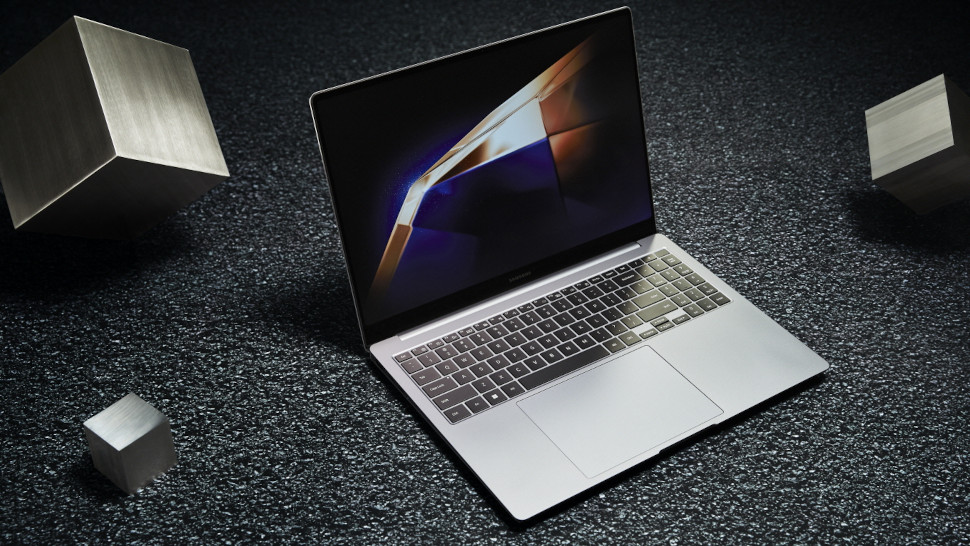
Samsung even does a spectacular job of syncing Galaxy devices, whether you have a Galaxy S phone, a Galaxy Book laptop, or both. When you use the mouse pointer on your Galaxy Tab S9, you can drag the pointer from one screen to another, moving it between devices. It just works. I rarely say that about Samsung and Android software, but Samsung managed to make this cross-device action work intuitively and it feels like a magic trick.
Features you need instead of power you don't
So what's the problem with Samsung tablets? Why doesn't Samsung dominate the tablet market? It's hard to say, but I think Samsung's pricing can be a little confusing. The price of the Galaxy Tab S9 can compete with the iPad airnot the base model iPad 10.9. Surprisingly, the Galaxy Tab S9 Ultra is a very good deal considering the technology you're getting, but you might be in for a surprise after seeing the $1,199.99 / £1,199 / AU$1,999 price tag.
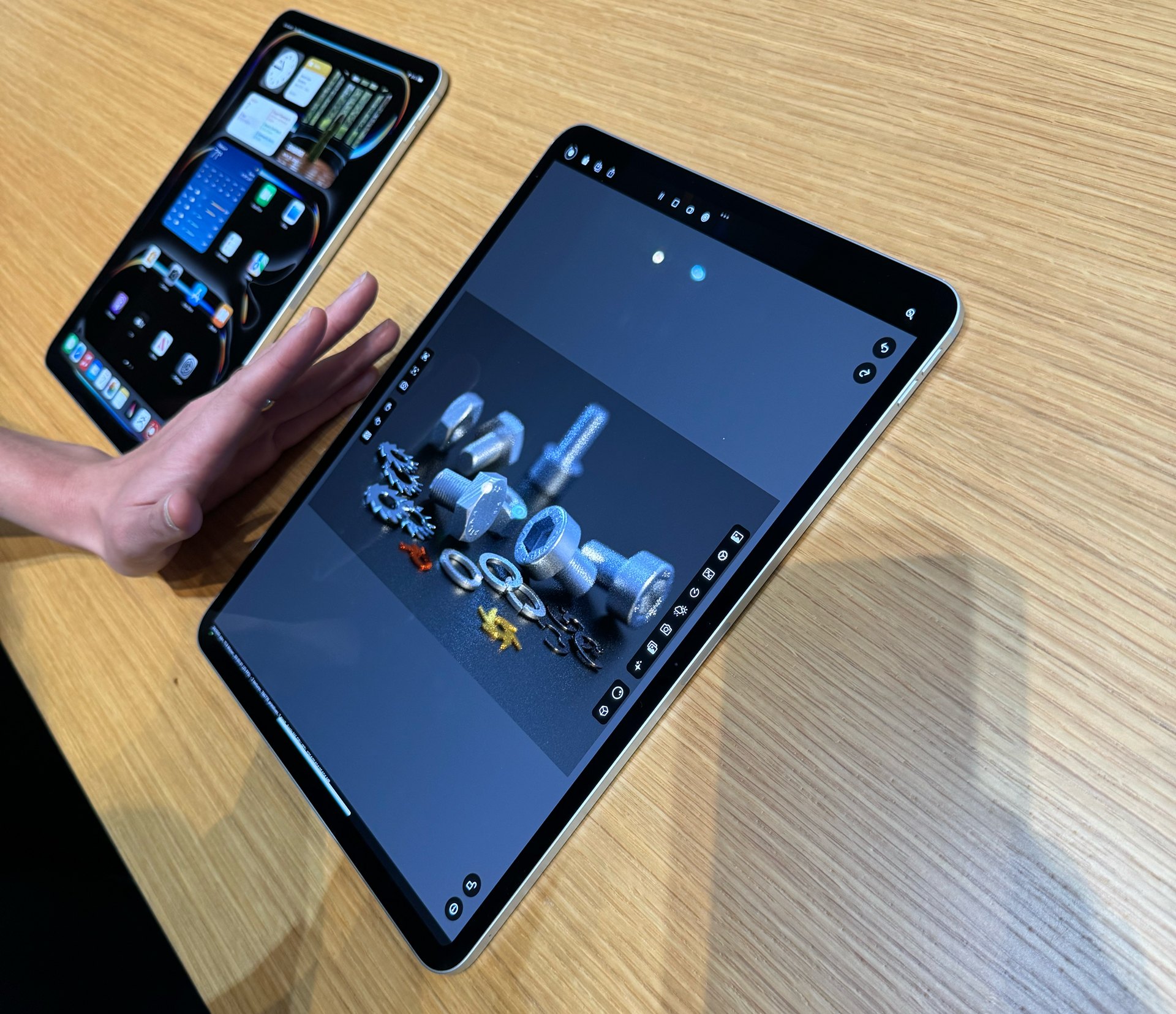
To be fair, Samsung doesn't offer a laptop-class processor inside. In the Galaxy Tab S9, you get the best mobile processor of mid-2023; on the Tab S9 FE, you get a step down. Compared to the Apple M4 or Snapdragon X Elite processors in the latest Apple and Microsoft devices, you won't be able to use the same level of professional software. You won't get Logic Pro or Final Cut, like you'll find on the iPad, or even a desktop version of Adobe Photoshop like you can find on a Surface Pro.
What you'll find is a fun-to-use tablet with real productivity features that are intuitive and snappy. You'll find a larger screen (also OLED) and battery than you get with an iPad or Surface at the same price, an included S Pen (which never needs charging), and tons of thoughtful features that take advantage of the design. advantages offered by these latest generation tablets.
The Samsung Galaxy Tab S9 is not just a clone of the iPad or another generic Android tablet. It combines the best of the tablet and laptop worlds, offering an intuitive experience for everyday tasks while also catering to professionals who need more than one tablet. Stop trying to rethink what the iPad Pro should be, the Galaxy Tab S9 is already there.

